The Article
Sennheiser’s FLEX 5000: Bringing Audiophile Sound to TV Headphones
23rd June 2017
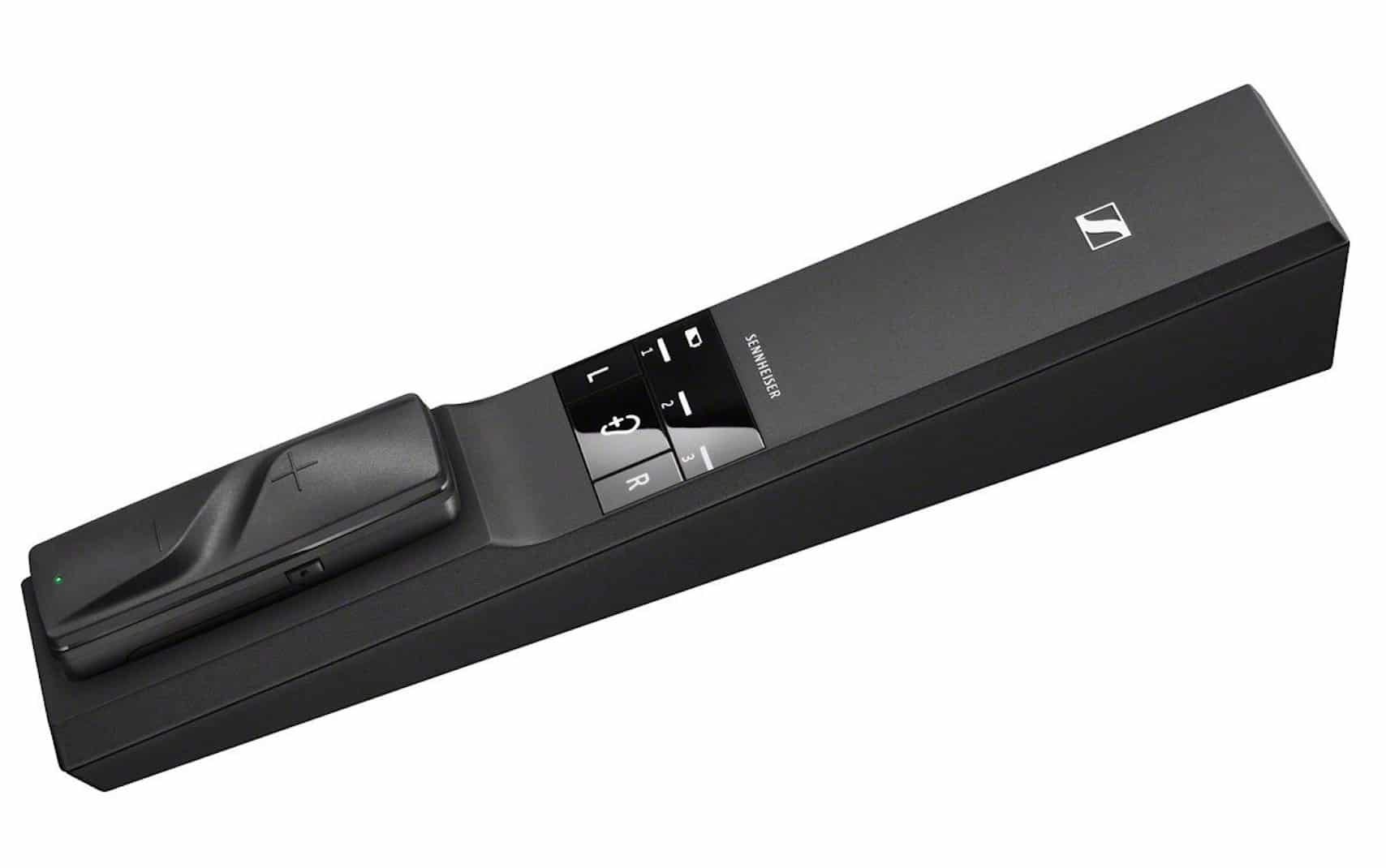
Looking for a more flexible way to watch TV but also wish to maintain or enhance the listening experience? Paul Rigby reviews Sennheiser’s Flex 5000 transmitter/receiver set and wonders if this TV gadget will do that very job
When watching TV, I am lucky enough to have a relatively new, large screen set. It’s a Samsung Smart TV and it does the job I want it to do in terms of picture quality and sources from satellite to USB-driven data and more. The built-in, substandard, sound was the first thing to go, though. I also avoided the whole sound bar genre, finding them limiting and lacking in the sonic quality I expected. I immediately hooked up an Arcam DAC to the TV and a Rega amplifier to the DAC. From there runs a pair of Tellurium Q cables to a pair of Spendor speakers sitting on top of a pair of Atacama speaker stands. I like the system too. It does the job at a reasonable price and sounds excellent. Sometimes, though, speaker-output sound is not convenient. Sometimes, I might want to watch a TV programme but my wife might not. She might want to watch a video on her tablet or listen to a podcast via her phone or just read a book. Having TV sound blaring out of the speakers will disrupt that enjoyment. The obvious solution is to hook up headphones to the TV set.
This is where things get interesting and difficult because most TV headphones with built-in long leads that connect to the TV (after all, there’s always a mighty distance, in headphone cable terms, from the TV to your sitting position) are fine in general design but nothing amazing in audiophile sound terms.
My initial solution for the sound quality issues was to use a pair of favoured Sennheiser HD650s and then hook that up to an audiophile extension cable from Melodika. The latter would then plug into the TV’s headphone socket.
That solution was fine. Fine, that is, until Sennheiser presented me with a Flex 5000.
This transmitter/receiver set, measuring a slim brick-shaped 50 x 42 x 270mm and weighing 232g, connects to your TV via its optical or headphone ports on one end and then the other end plugs into the mains for power. The unit is also a docking station for a little pod that loosely sits on top. This receiver, measuring 29 x 87 x 25mm and weighing 33g, has a built-in Li-Pol rechargeable battery that charges when it’s resting on the docking station unit. The pod itself can be clipped onto your clothing. The unit is self-contained and independent of the docking station and features a 3.5mm headphone socket at one end. The idea is that you plug your own favourite headphones into the pod and the pod then connects to the hub via radio transmission and thus your TV via Wi-Fi giving you wire-free TV sound through the headphones.
With a range of 30m (100ft) and 12 hours of usable play time (with three hour charge times or fast charging for two hours operating time in 30 minutes), it also arrives with a selection of EQ sound tweaks which I’ll discuss below.
SOUND TESTS
I hooked up the Flex 5000 to my Samsung Smart TV and compared that to a wired connection via the Melodika cable extension to see what, if any, sonic differences could be heard. I utilised my familiar Sennheiser HD650s to listen to the one and only Eddy Grant singing I Don’t Wanna Dance on a music TV station. I have to admit I was pleasantly surprised by the nature of of the sound quality from the Flex. I fully expected the wireless response to produce a stripped and rather anaemic response, something akin to comparing MP3 with FLAC, for example. Not so. In fact, the Flex 5000 produced an open and airy midrange response that brought the Grant vocal to life, adding a new range of emotive textures to his delivery while removing a gloopy bloom from the bass portions of his voice. This also helped the double tracking portions of the Grant vocal, giving each tracking element an enhanced individuality. That is, the double tracking element sounded like voices joined together instead of a messy conglomerate.
Most improvements arrived via the percussion which arose from its sluggish demeanour to add major transient speed and punch, providing focus and precision where none was previously present. More than that, the shy synth line that lay right at the bottom of the mix was now present throughout, instead of appearing occasionally.
I then changed to a talk-based channel and a documentary playing on the National Geographic channel and listened to a narrator with a rich and modulated voice. Via the cable, the voice had a nasal, slightly whiny quality. When the Flex 5000 was engaged, the vocal grew in terms of the variety of inflections as well as a sense of space. The nasal quality was less reedy now with, instead, a reverberation that increased the authority of the voice and its delivery. More than this, underlying the narration was a series of sound effects that gave the film a more acceptable and rounded presentation with an additional, if rather subtle, soundtrack. Both of these featured exhibited greater air and space via the Flex 5000 that separated one from each other. This spacial enhancement increased the size of the overall soundstage. The resultant enhanced layering also improved the epic nature of the presentation.
A speech intelligibility button, found on the little pod, was then engaged and tested. This EQ option pushed the speech forward while pushing both the effects and music down into the mix, ideal when speech has to be separated and concentrated upon although I preferred it disengaged.
The three EQs or Hearing Profiles found on the main hub (each one triggers a numbered white light on the chassis) were then engaged one after another. The first boosted the low frequencies making the sound bass heavy. The second increased the high frequencies that improved midrange clarity but did increase hiss too. The final EQ removed any chance of low frequencies being included which gave the sound a telephone-type, stripped presentation. All of use under extreme condition, I’m sure. Again, the best general, overall sound quality was found with all EQs in the ‘off’ position.
I then played Bing Crosby’s April Showers with a gentle orchestral jazz backing via my Denon DVD player from the CD Songs I Wish I Had Sung. Again, the clarity the airy nature of the midrange not only conveyed the textural nature of the baritone Crosby lead vocal but also the layered nature of the harmonic backing singers and the subtle secondary percussion that injected throughout the track. I was also impressed by the nature of the drums and upright bass which never bloomed or masked but retained an admirable focus, adding punch but also a transient speed that kept the track chugging along at a appreciable pace.
Finally, I replaced the headphone connection with an optical link from the Flex 5000 to my TV and performed another sound test with a music TV channel, this time the glossily produced, Bette Midler’s Wind Beneath My Wings.
The sonic results from the optical connection offered a new level of quality, much higher than the headphone socket connection. There was a palpable lowering of noise which meant that offensive frequencies were dramatically reduced. Increasing the gain to achieve the same volume opened up the soundstage, enhanced the instrumental seperation, added character to the bass, while it provided air and space in and around the lead vocal, giving it an infusion of emotion and texture.
CONCLUSION
A great idea that performs surprisingly well. For those audiophiles who are taught that wired is good and wireless is bad, in absolute terms, then prepare to be dazzled by the wireless performance of the Flex 5000 which transforms – at least TV headphone performance – onto a new and far superior level. An amazing little gadget, you’ll wonder how you ever performed TV headphone listening without it.
Price: £180
Website: en-uk.sennheiser.com
GOOD: easy to use, optical performance, open mids, characterful bass, airy soundstage, instrumental separation
BAD: nothing at the price
RATING: 9
REFERENCE SYSTEM
Samsung Smart TV
Arcam rDAC
Rega Mira amplifier
Spendor S3/5R speakers
Denon DVD player
Melodika & Tellurium Q cabling

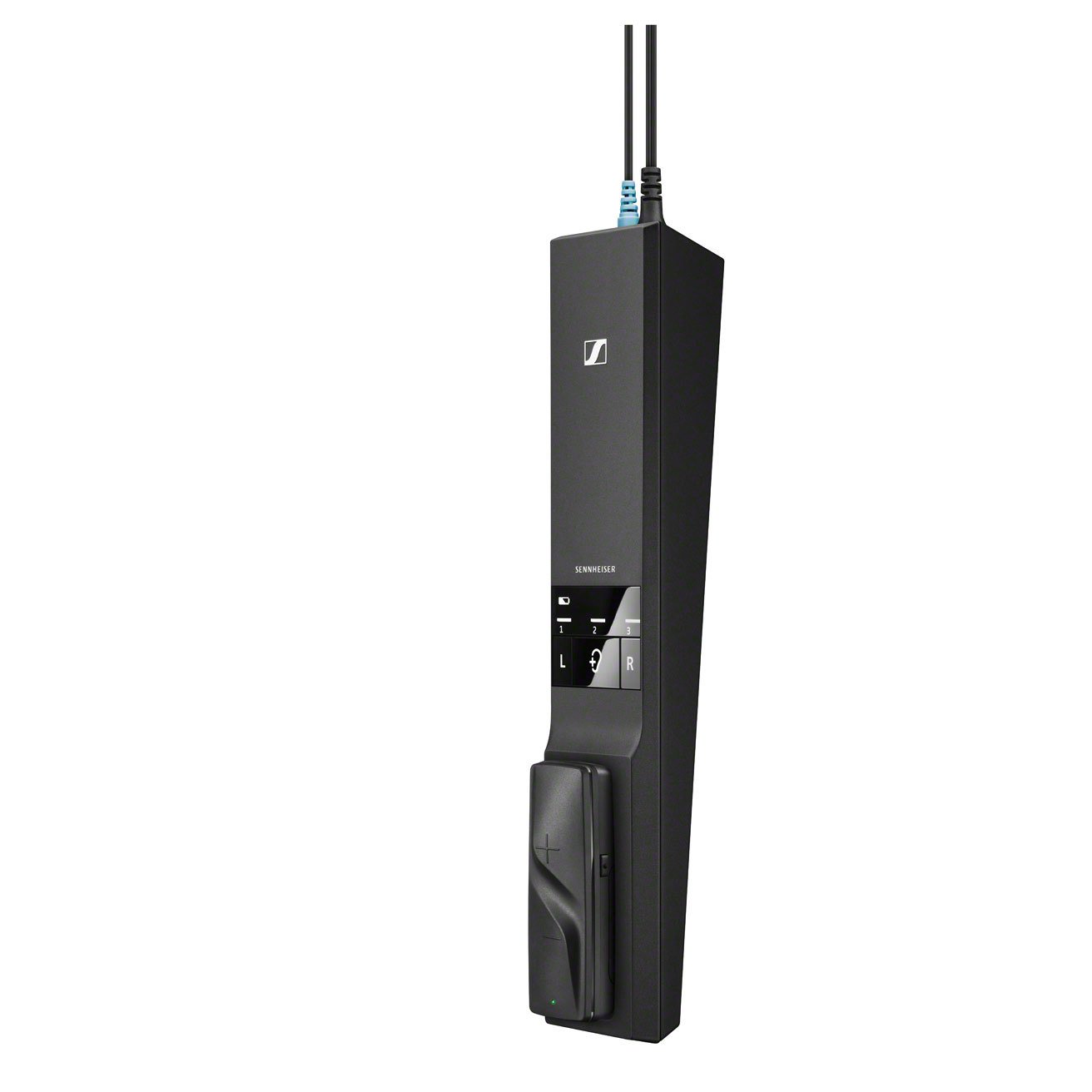
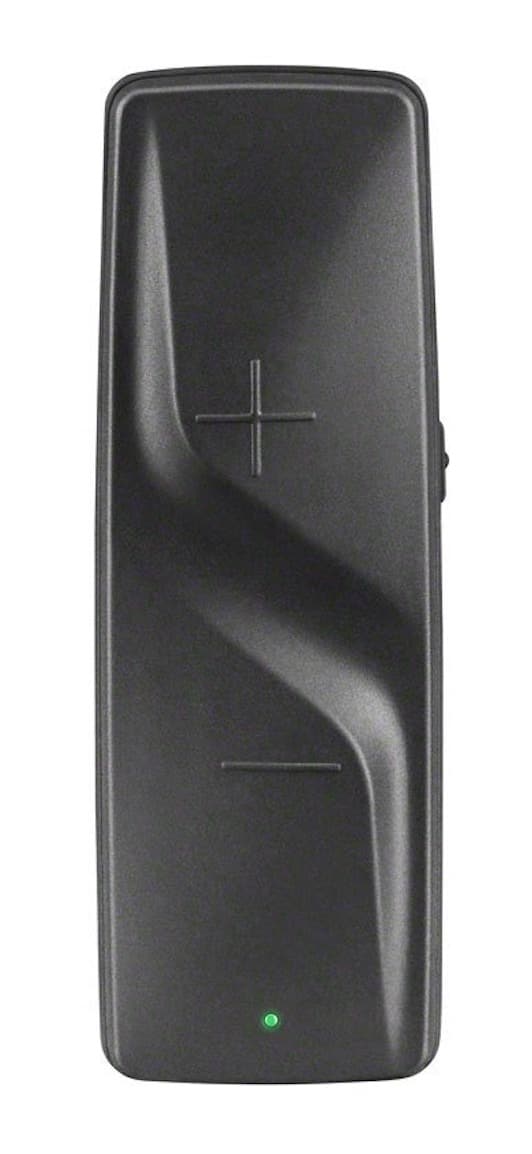
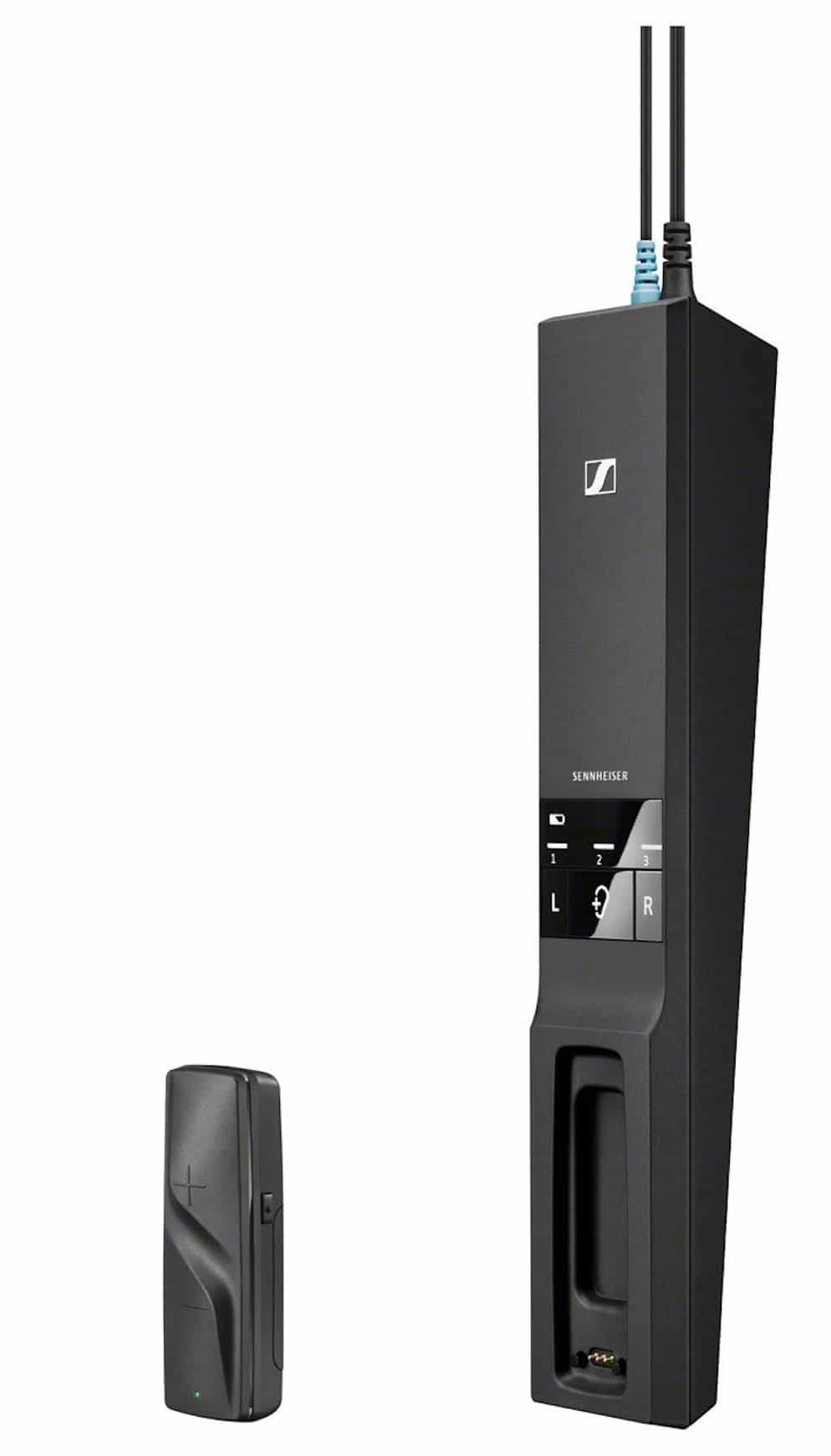

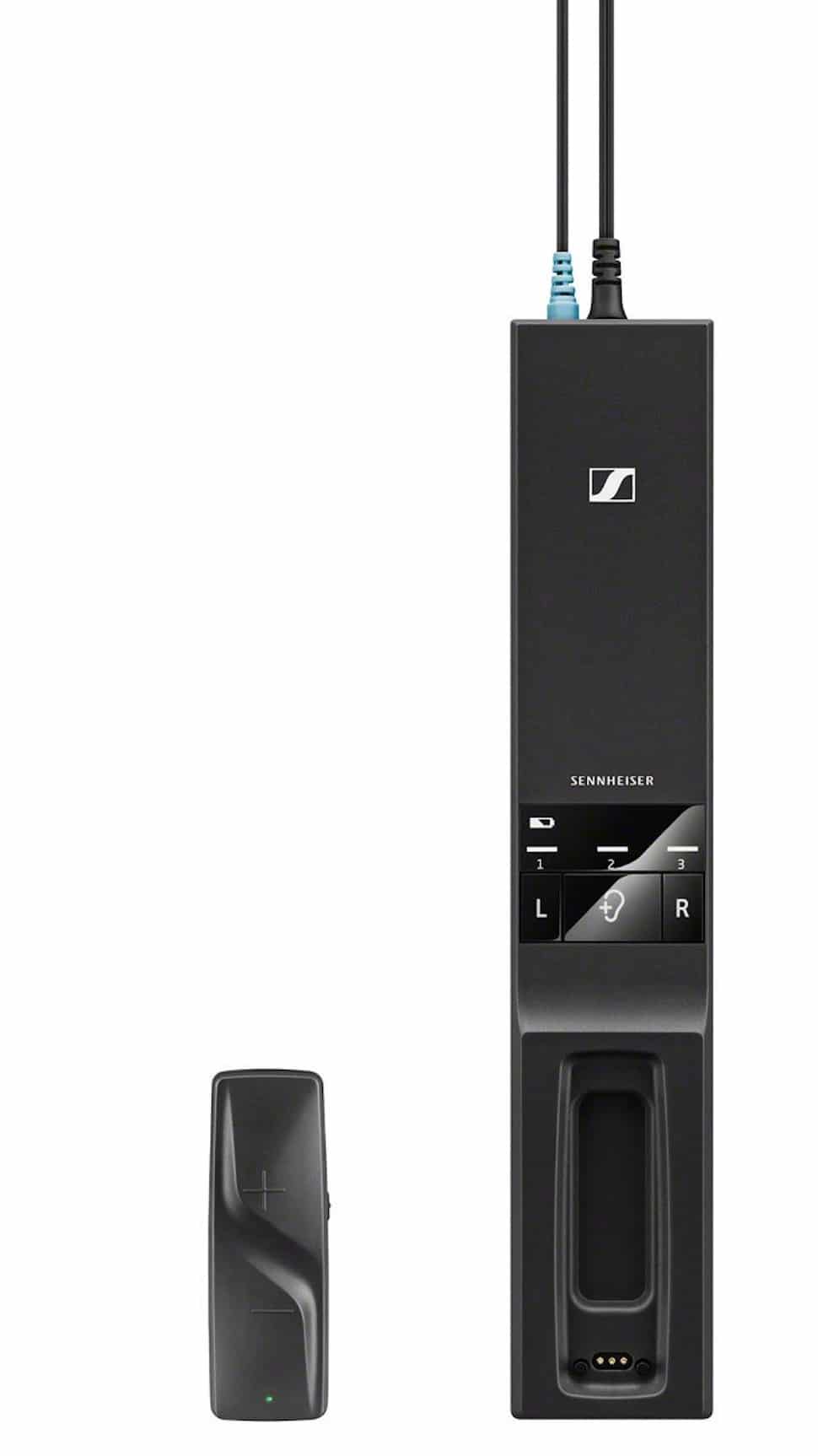

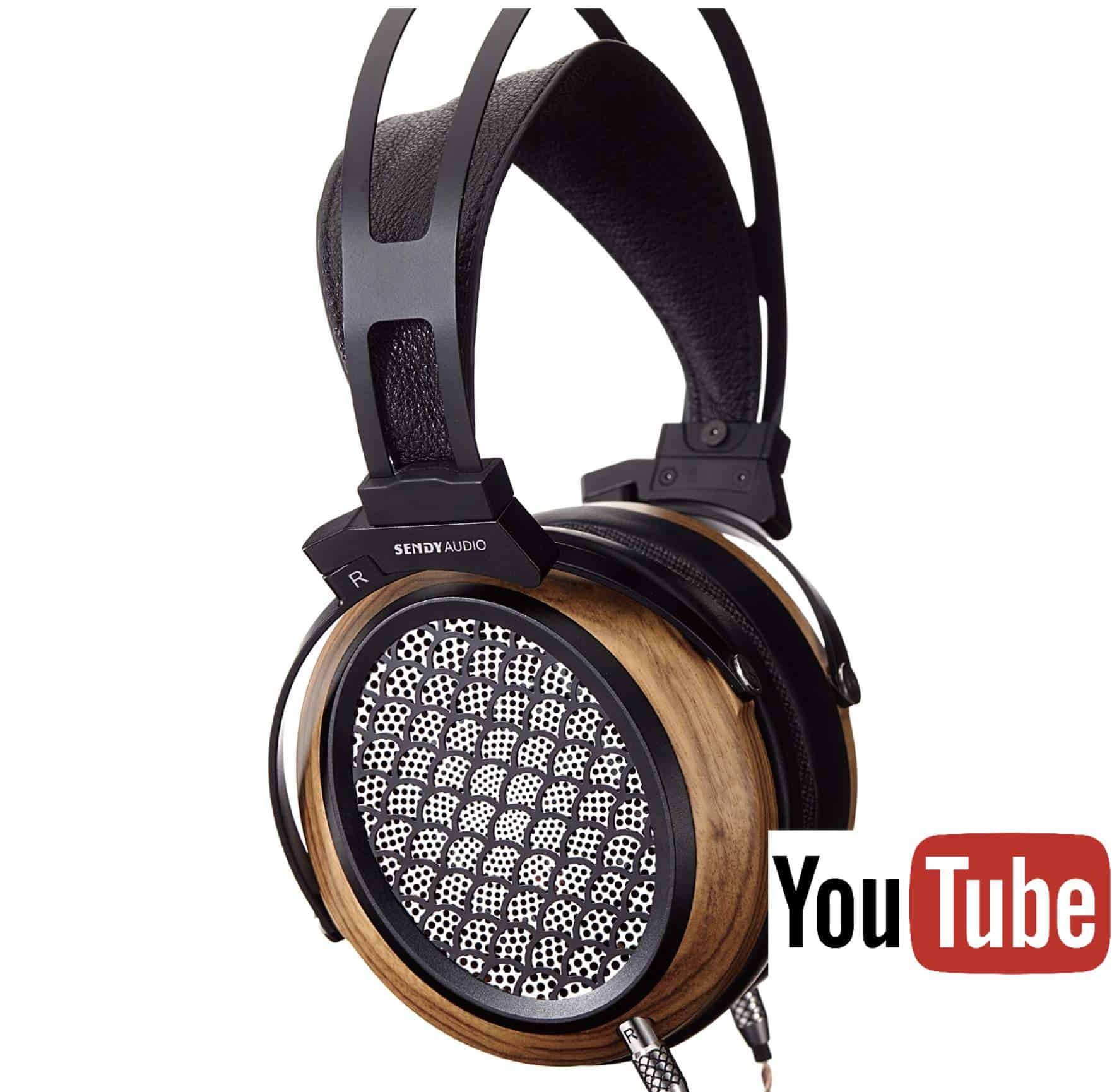
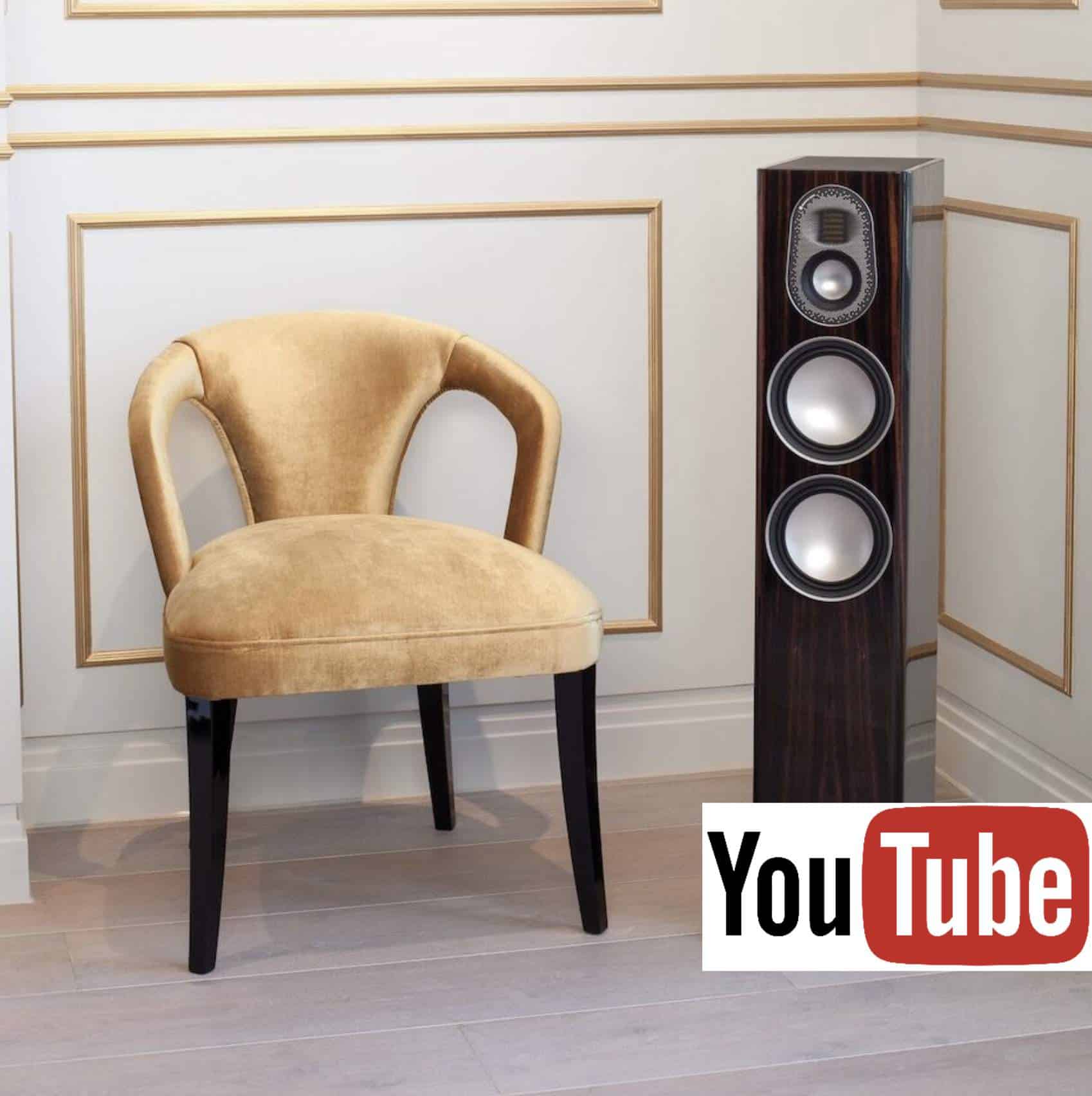
Hi Paul,
I guess this is a good device for stereo sound.
But if using with a TV to watch movies and for those moments when you do not want to disturb others, what you would suggest for surround sound with headphone ?
I have read some reviews of Sony HW700DS or Sennheiser RS 175, no to mention Ultrasone S-LogicEX technology (which is way to expensive), but I really not sure if these could be a solution. Sure not a good option for music.
Thanks.
Paulo
Hi Paulo – I would stick with the FLEX. Any ‘surround sound’ you might find elsewhere will only be pseudo-surround, created in software as the headphones offer but two ‘speakers’ only. In terms of doing the basics right and offering a great sense of sound quality, the FLEX does a great job and provides an immersive experience on its own.
Hi, thank you for your answer. I understand it is not true surround what I can get from those headphones, but any sense of pseudo-surround would be acceptable (in that scenario of watching movies after-hours). I just do not want to get fully disappointed.
On the other hand I do understand that with FLEX I can use any good headphones wirelessly and have very good stereo.
Right ?
If you are listening to movies for a period of hours then you need a system that provides top sound quality without any listening fatigue. The FLEX gives you that and, what is better, you can use your favourite headphones, you are not restricted to a set that you might produce its own problems. It also offers different EQ settings, don’t forget, to change and tweak the sound to suite.